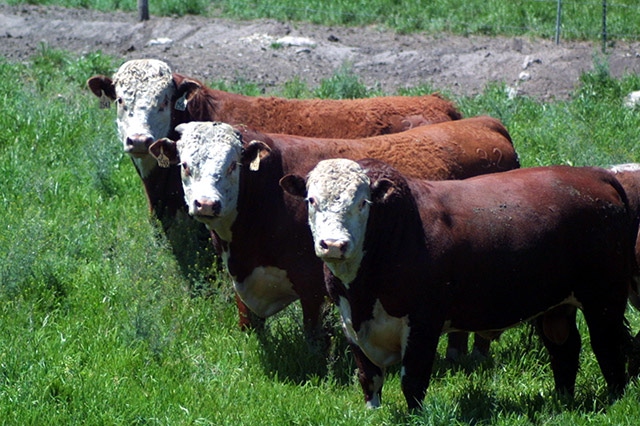Subscribe to Our Newsletters
Feedstuffs is the news source for animal agriculture
Publicly viewable genomics resource of a broad cross section of U.S. beef cattle makes it easier for scientists to identify genes associated with traits that are important to breeders and ranchers.
March 8, 2017

You May Also Like